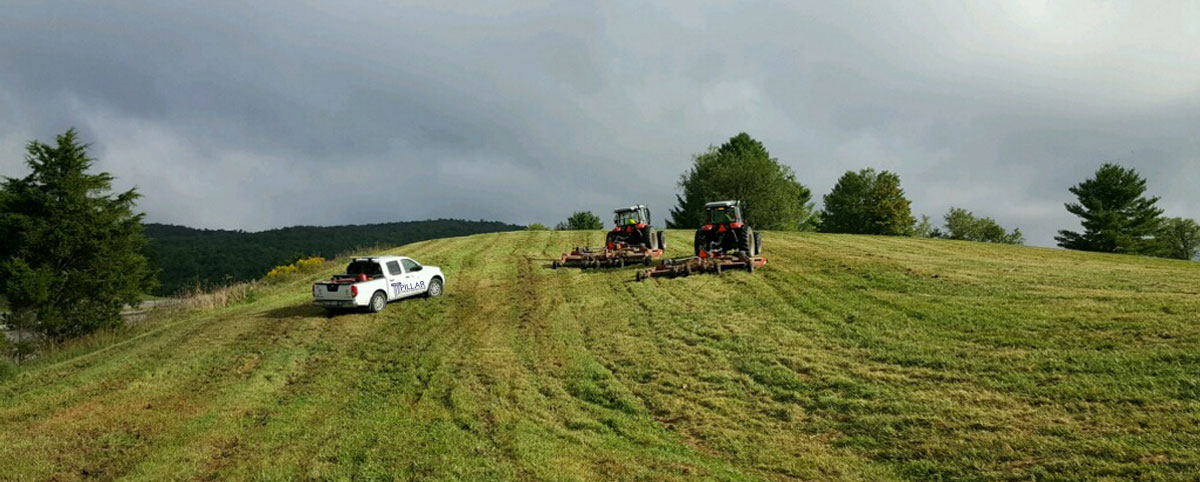Your agency has a lot of ground to cover. Literally. Municipalities and departments of transportation have acres and acres of land that need to be managed.
PILLAR can help assess the best way to tackle ground that might have to be mowed or best left unmowed and calculate the total mowable area and frequency or necessity of that upkeep.
This practice can help save your agency valuable cash, up to millions.
Mowing Frequency
Knowing what you need to maintain frequently and where to cut back can save millions in costs. Your agency will save in labor and equipment costs and heighten the safety of workers in high-traffic areas.
Certain areas benefit from a less frequent trim. Cutting tall grass and cutting back brush can improve visibility but may only have to be maintained once a year instead of cutting every few months.
The environmental benefits differ as well. If acreage is classified as an environmental benefit, your agency can receive credit toward mitigation and pollution reduction projects, such as pollinator or stormwater run-off programs.
When you contract with PILLAR, you’ll receive a full assessment of best practices.
How PILLAR Calculates & Classifies Mowable Area
PILLAR helps you get a better sense of what is needed for the land you manage.
We use image scanning and Mobile LiDAR, which can accurately inventory acreage that should be added to the total calculated mowable area. Additional access to land plats can help us determine if you can earn environmental stipends for mowing less frequently.
Our services also include an assessment of the terrain, so we can work with you to determine the types of equipment needed and the time and frequency required to maintain that acreage. That information also helps us parse and configure mowing patterns/swaths for full mows or partial mows.
After all the data is collected, we will work with your geospatial system of choice to integrate and normalize your mowing data.
The PILLAR team has more than 100 years of combined experience working with and for municipalities and departments of transportation. We know how to help classify environmental benefits and safety requirements needed to maintain your areas and keep the public safe.
Case Study
PILLAR was able to help Staunton earn $12.8 million in credits for pollution mitigation from our assessment of mowable acreage. Their practices earned them VDOT’s Staunton District’s Environmental Stewardship Award.
Learn how we can help you. Contact us today.

